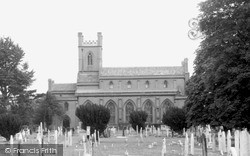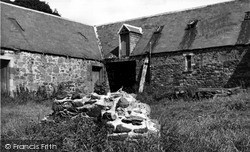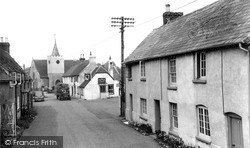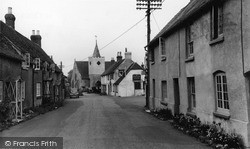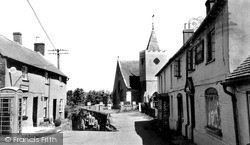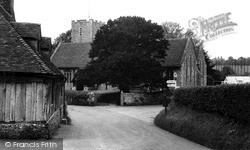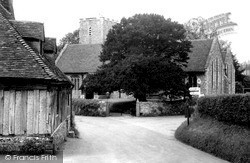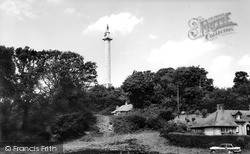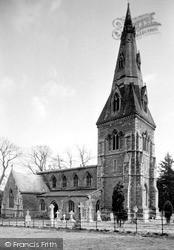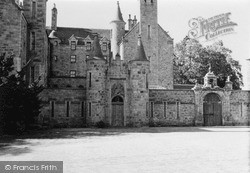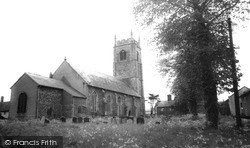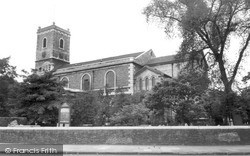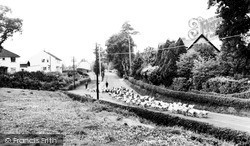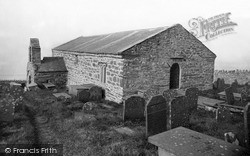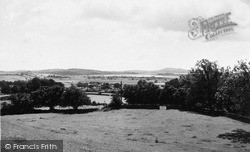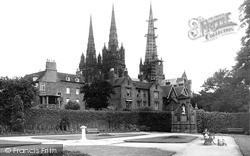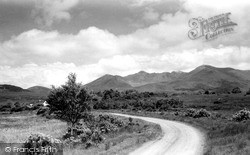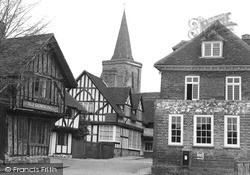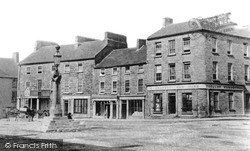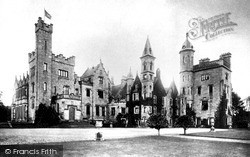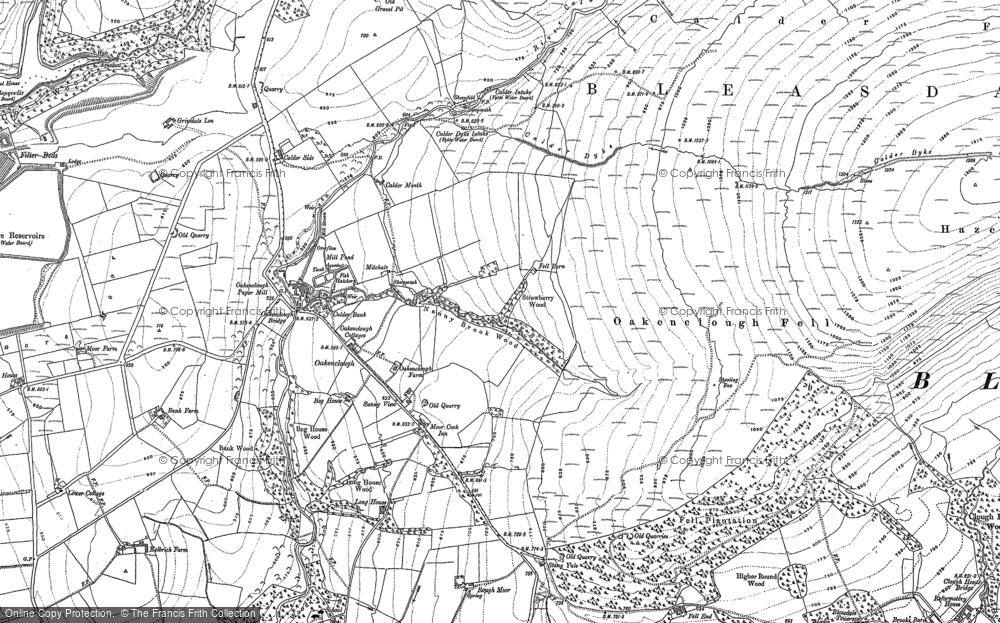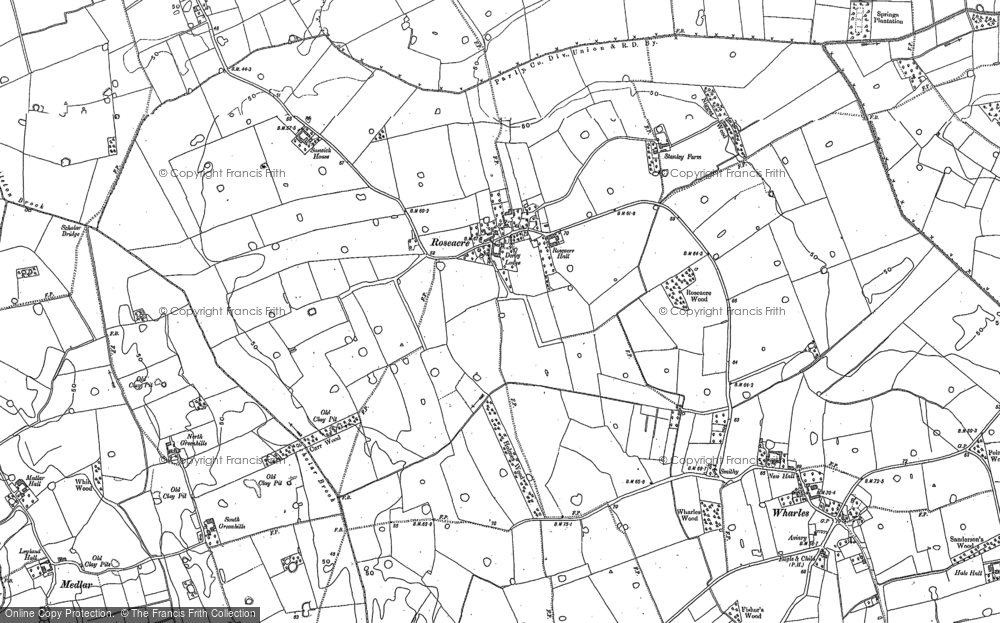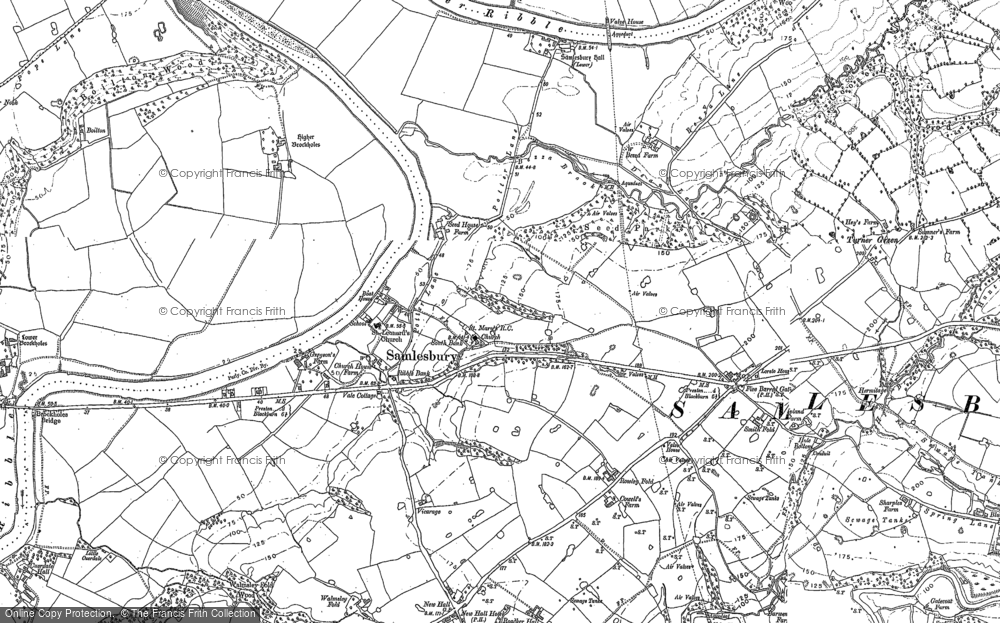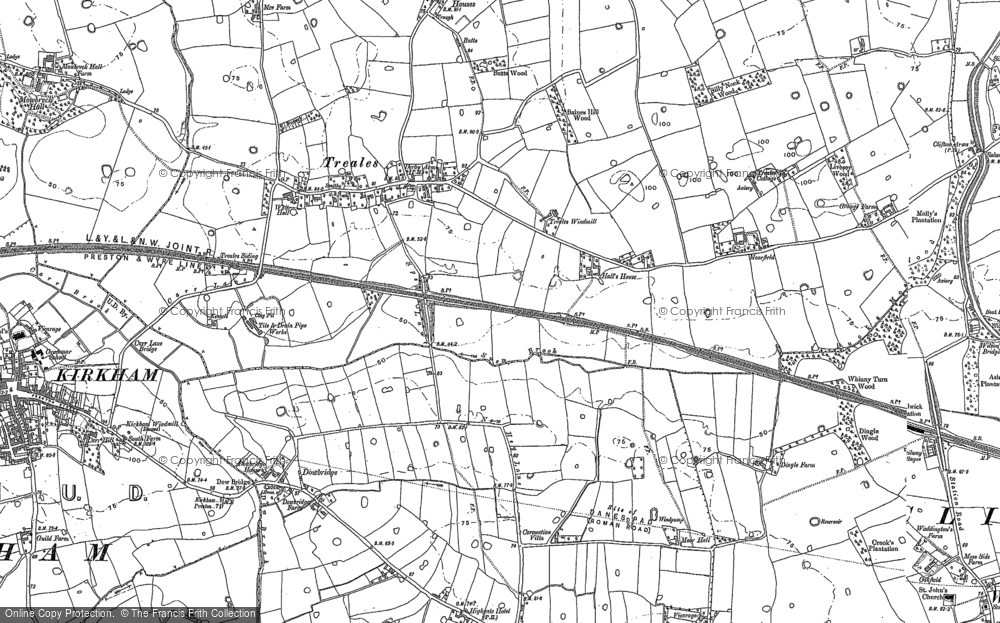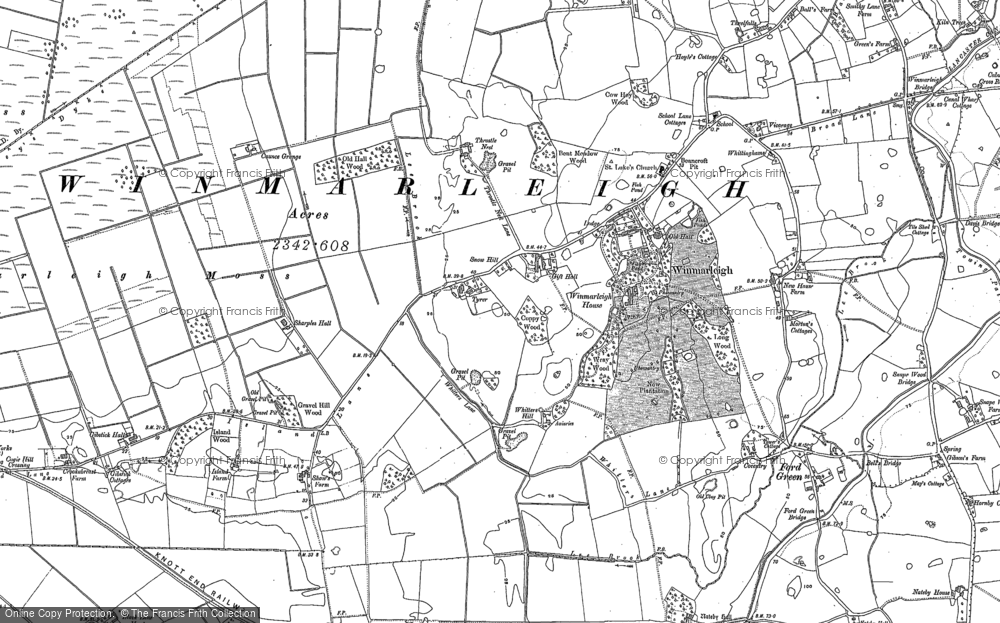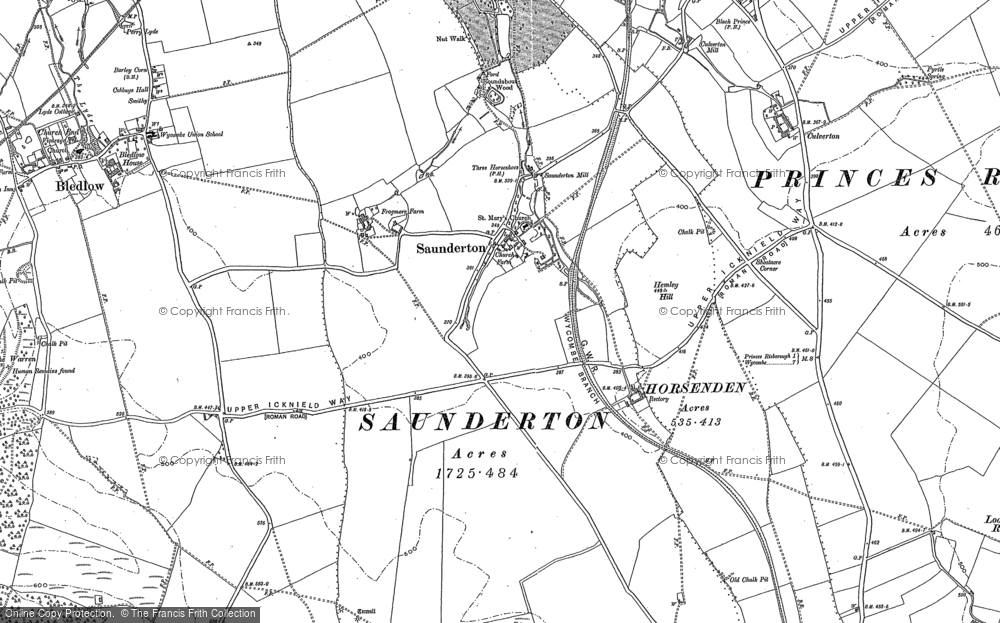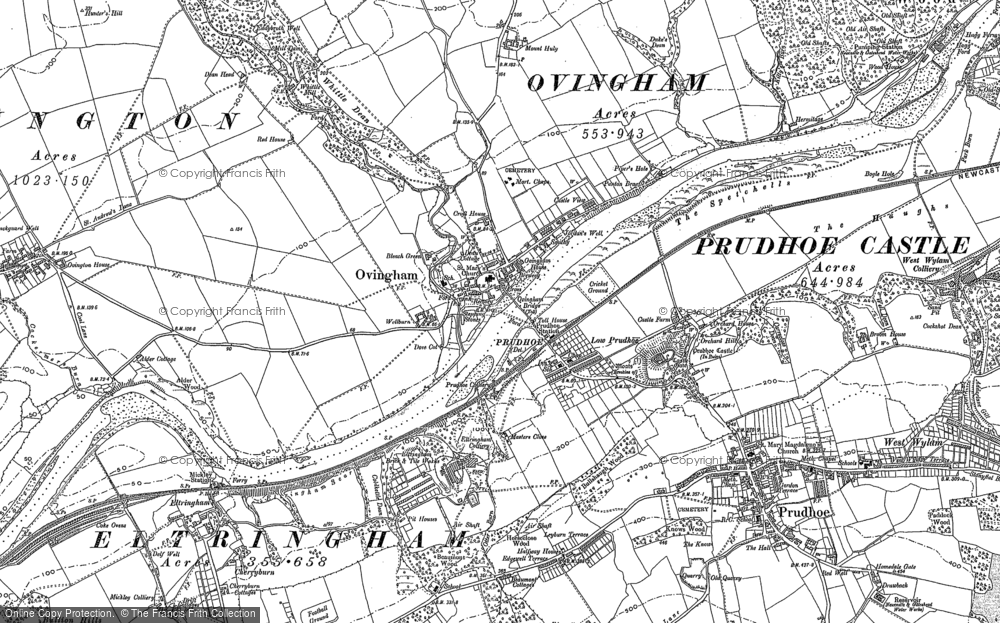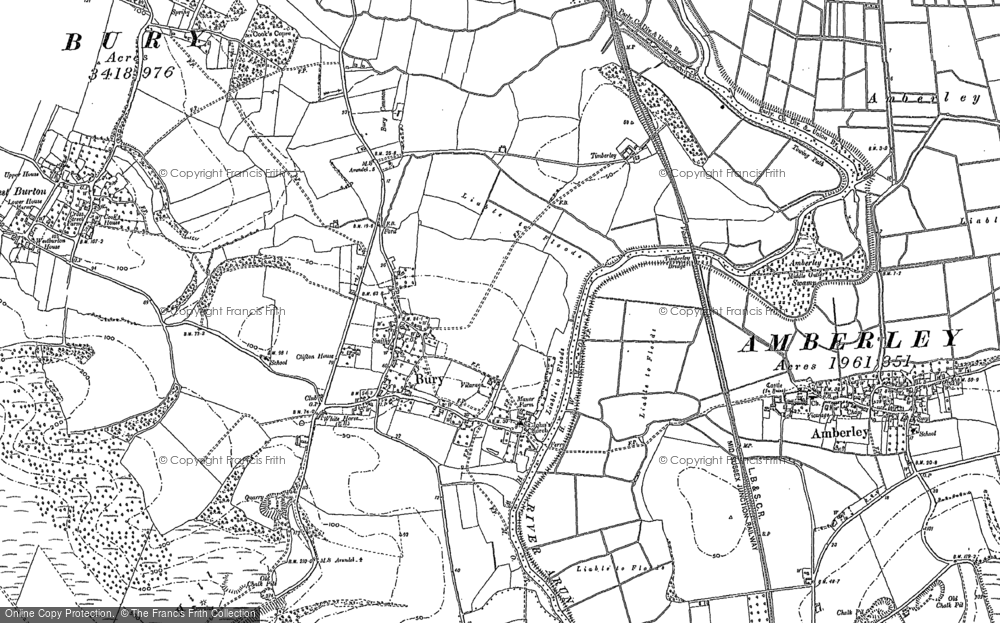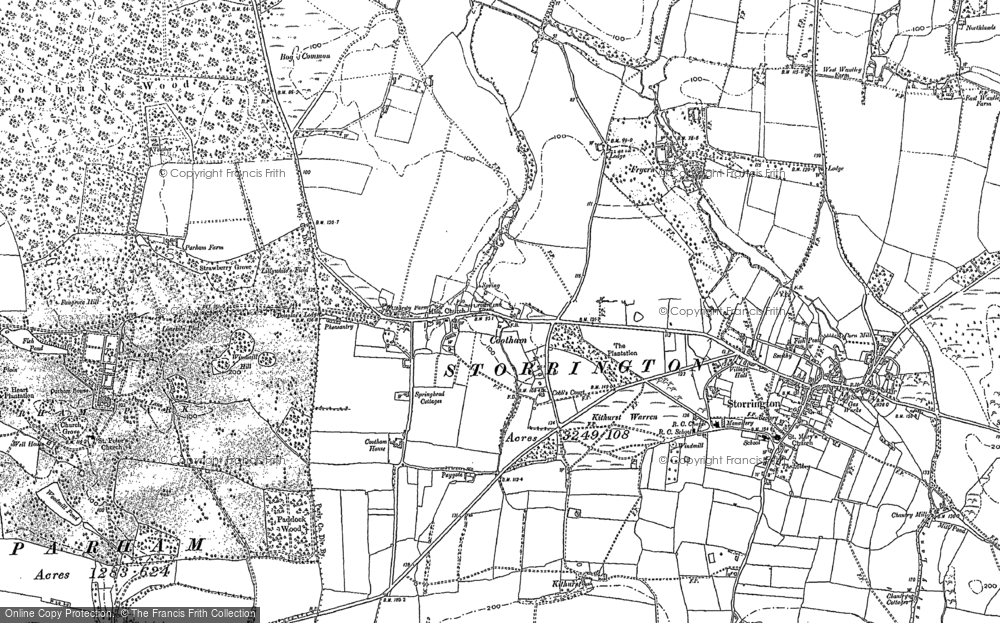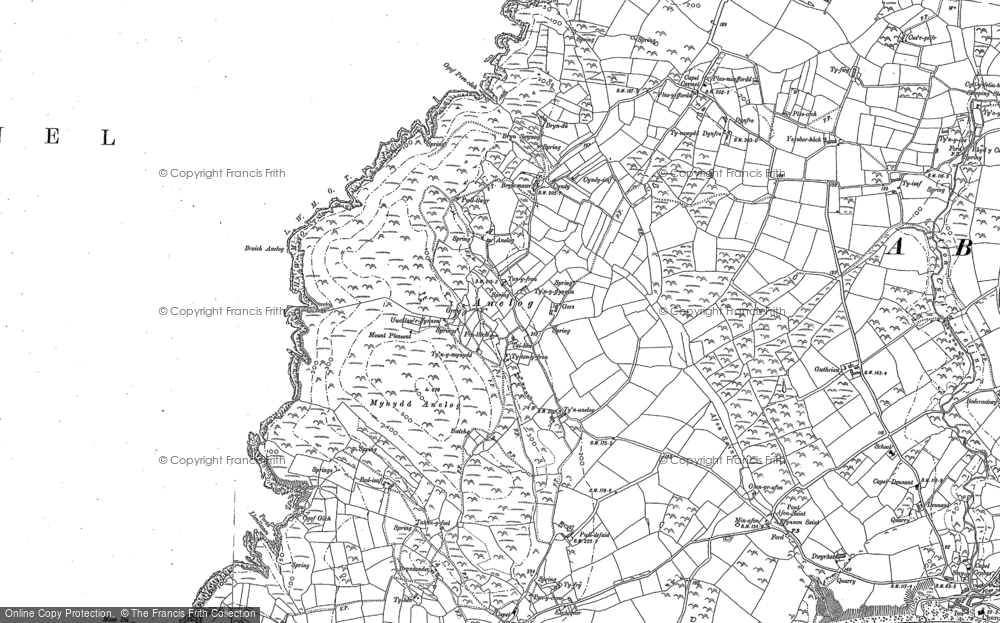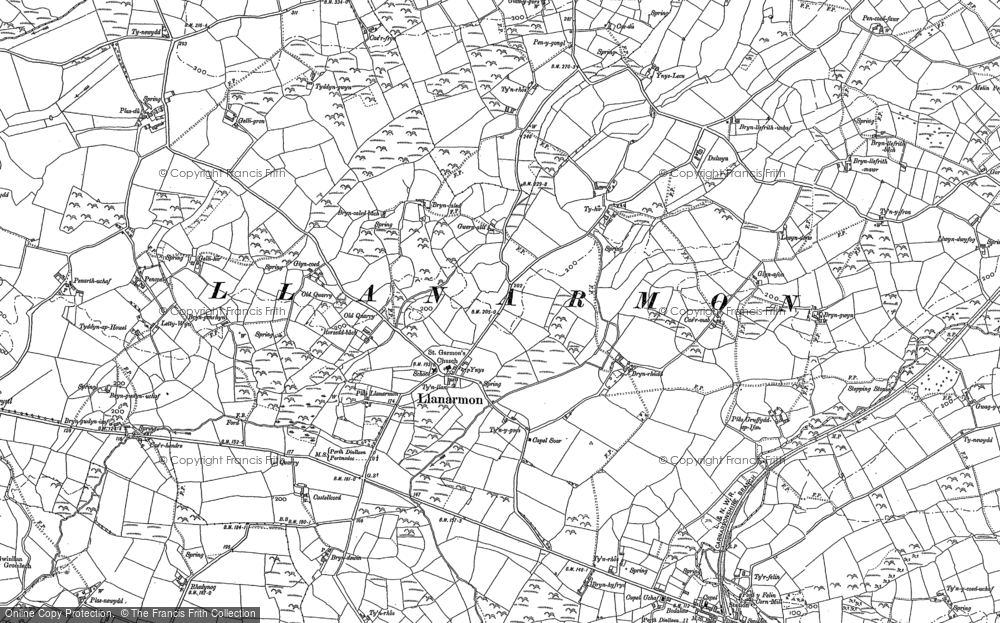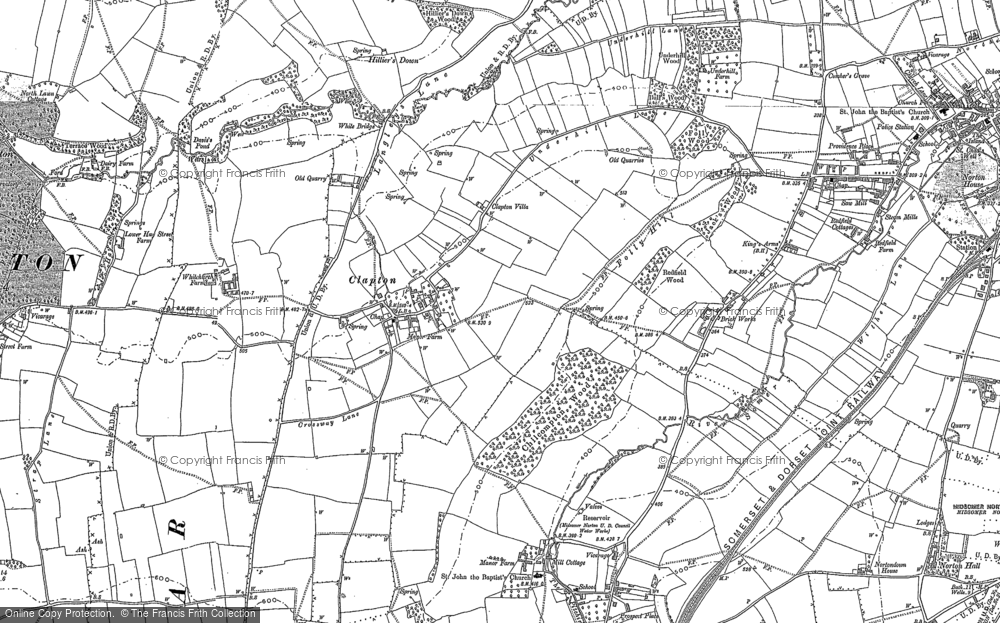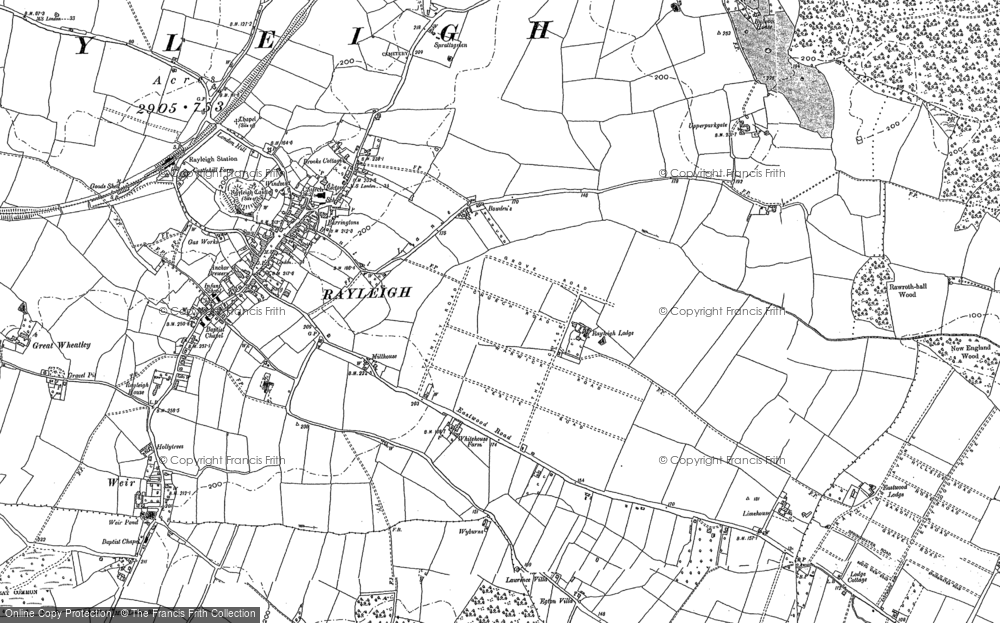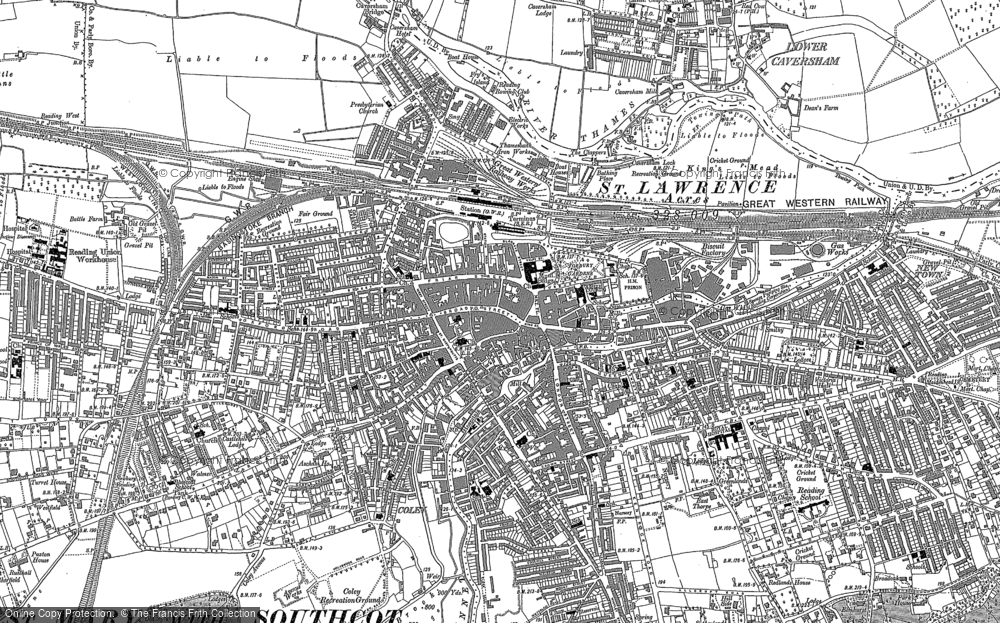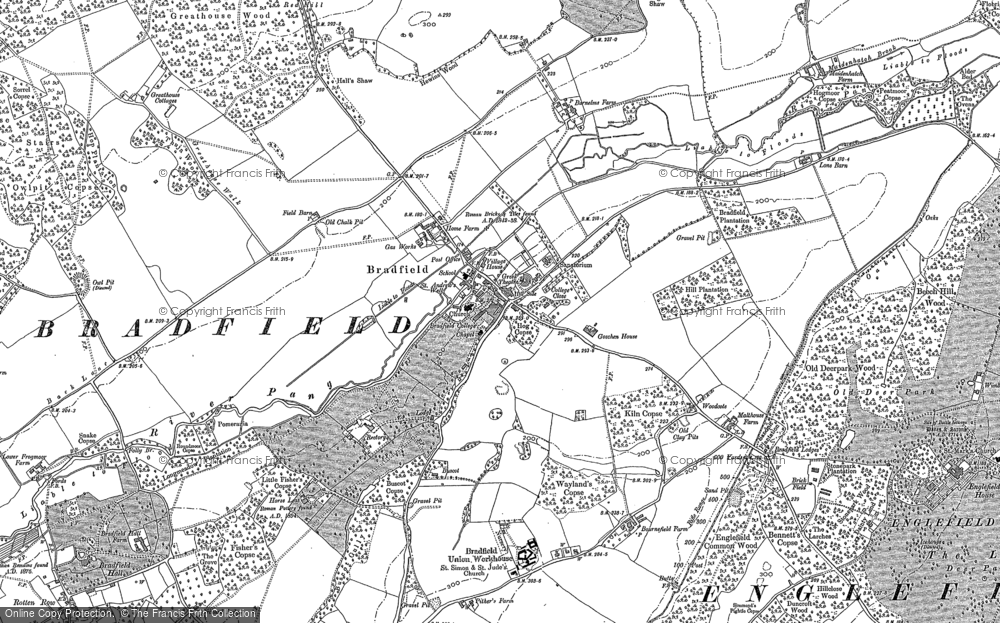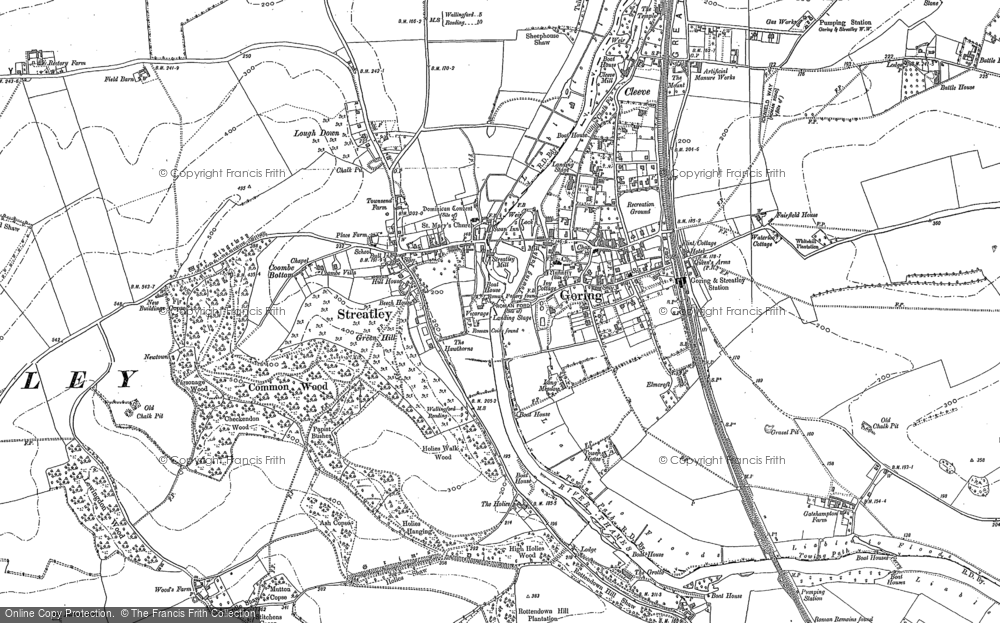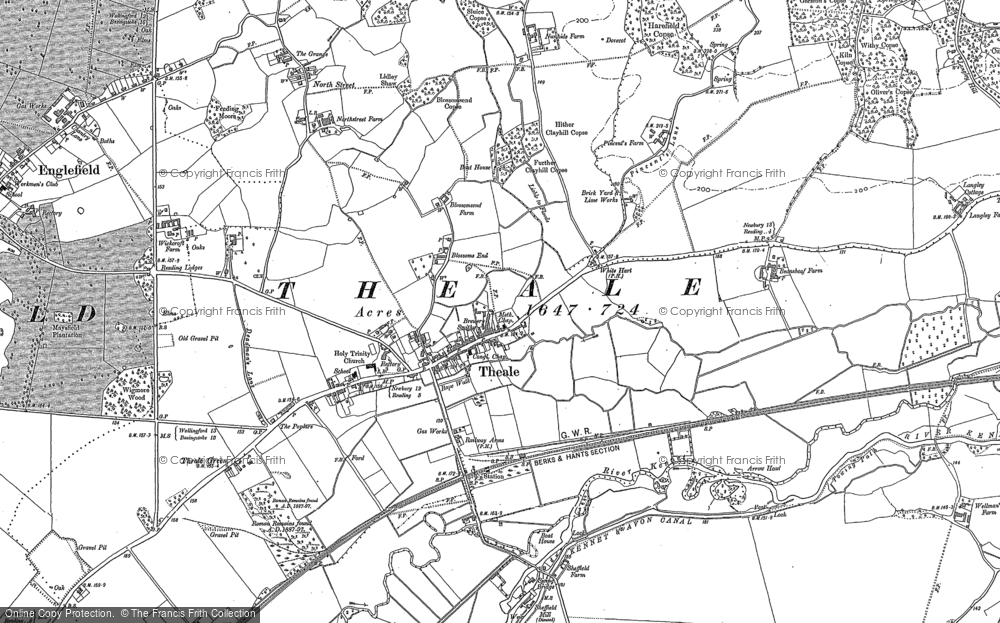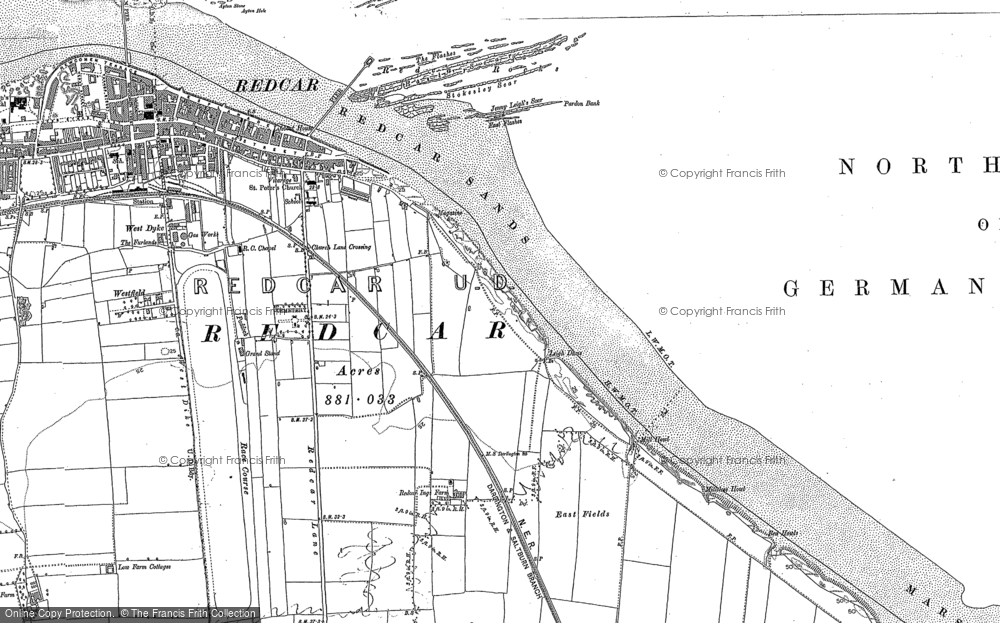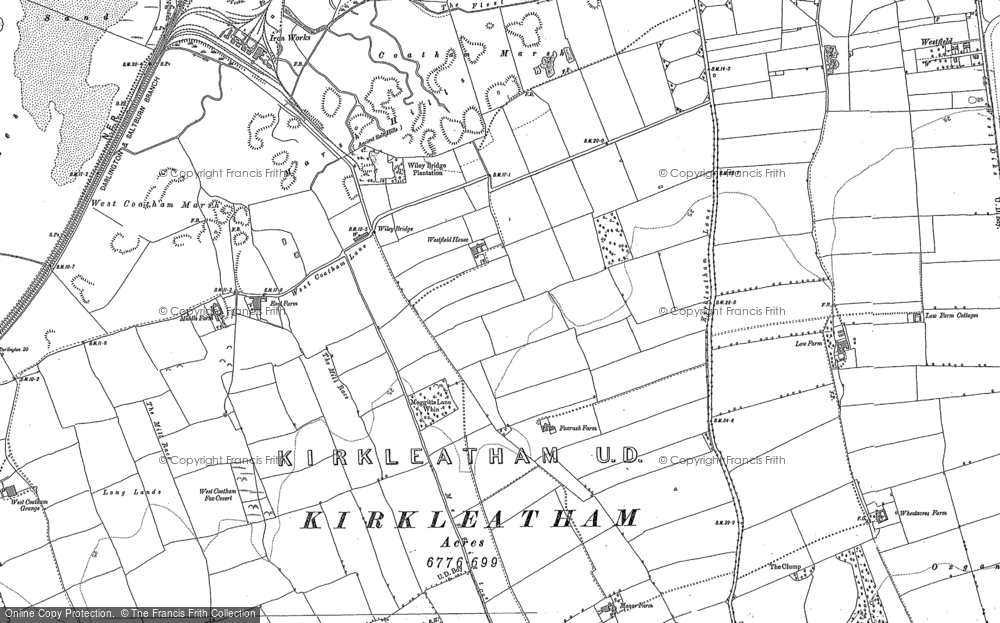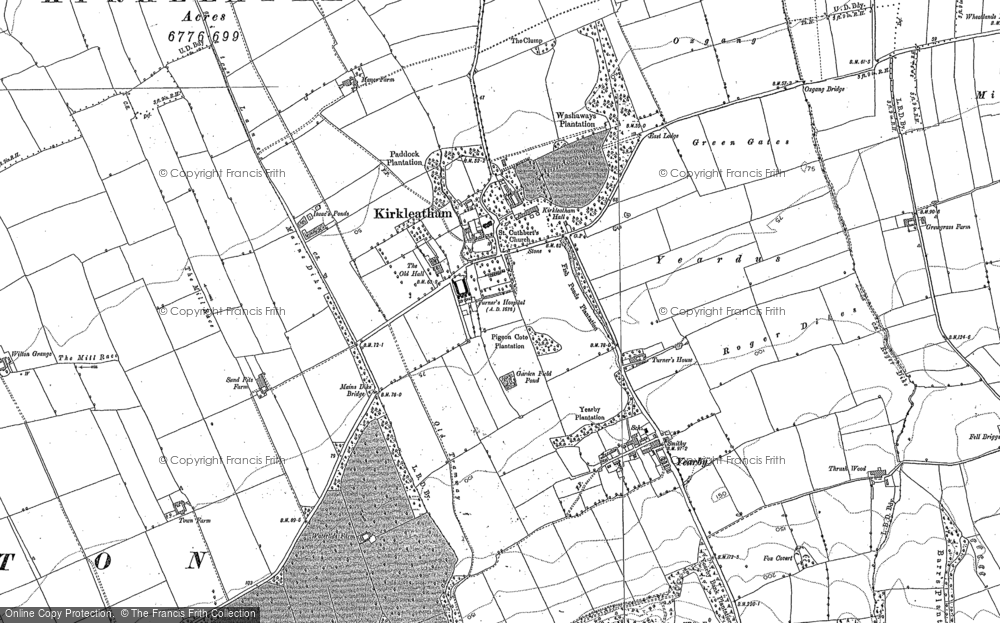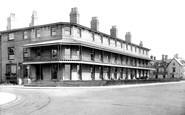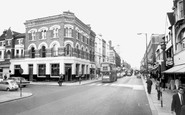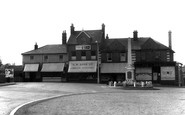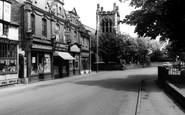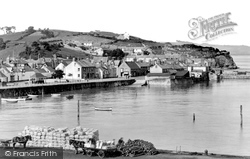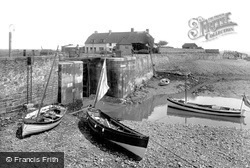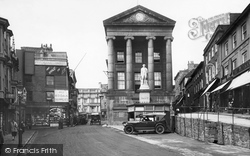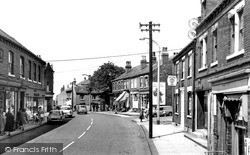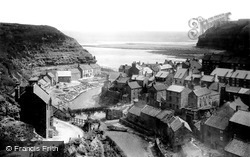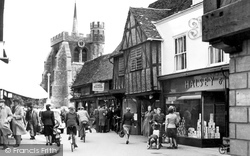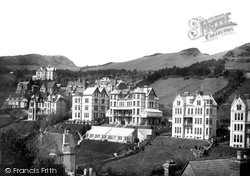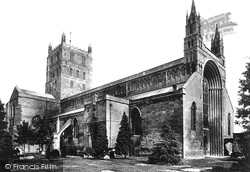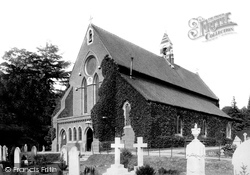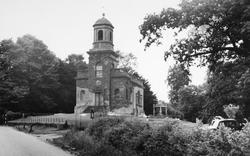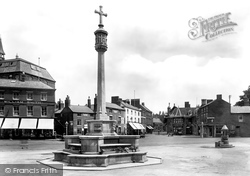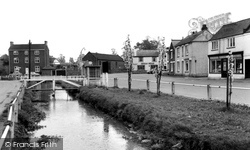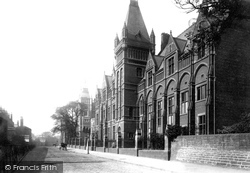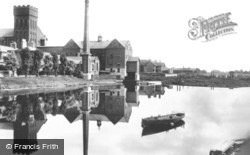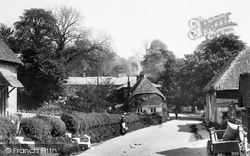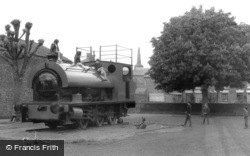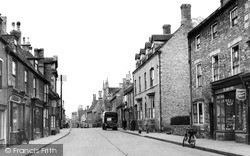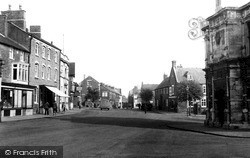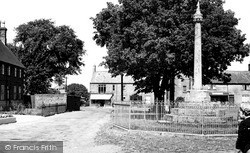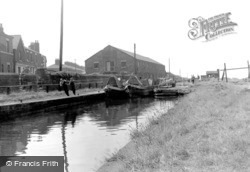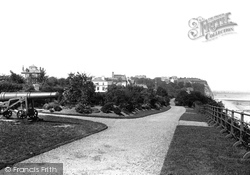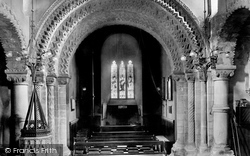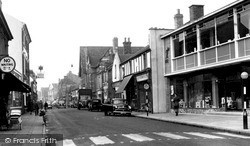Merry Christmas & Happy New Year!
Christmas Deliveries: If you placed an order on or before midday on Friday 19th December for Christmas delivery it was despatched before the Royal Mail or Parcel Force deadline and therefore should be received in time for Christmas. Orders placed after midday on Friday 19th December will be delivered in the New Year.
Please Note: Our offices and factory are now closed until Monday 5th January when we will be pleased to deal with any queries that have arisen during the holiday period.
During the holiday our Gift Cards may still be ordered for any last minute orders and will be sent automatically by email direct to your recipient - see here: Gift Cards
Places
36 places found.
Those places high-lighted have photos. All locations may have maps, books and memories.
- Shanklin, Isle of Wight
- Ventnor, Isle of Wight
- Ryde, Isle of Wight
- Cowes, Isle of Wight
- Sandown, Isle of Wight
- Port of Ness, Western Isles
- London, Greater London
- Cambridge, Cambridgeshire
- Dublin, Republic of Ireland
- Killarney, Republic of Ireland
- Douglas, Isle of Man
- Plymouth, Devon
- Newport, Isle of Wight
- Southwold, Suffolk
- Bristol, Avon
- Lowestoft, Suffolk
- Cromer, Norfolk
- Edinburgh, Lothian
- Maldon, Essex
- Clacton-On-Sea, Essex
- Felixstowe, Suffolk
- Norwich, Norfolk
- Hitchin, Hertfordshire
- Stevenage, Hertfordshire
- Colchester, Essex
- Nottingham, Nottinghamshire
- Bedford, Bedfordshire
- Bury St Edmunds, Suffolk
- Aldeburgh, Suffolk
- St Albans, Hertfordshire
- Hunstanton, Norfolk
- Chelmsford, Essex
- Bishop's Stortford, Hertfordshire
- Peterborough, Cambridgeshire
- Brentwood, Essex
- Glengarriff, Republic of Ireland
Photos
11,145 photos found. Showing results 8,661 to 8,680.
Maps
181,031 maps found.
Books
442 books found. Showing results 10,393 to 10,416.
Memories
29,071 memories found. Showing results 4,331 to 4,340.
St Johns Schhol And Church
Happy memories of Blackburn attended St Johns School 1930s lived in Garnett Street no longer there I was married at St Johns Church 1952 and lived on Queens Rd till 1975 when we moved to Sale Cheshire. My Father was a ...Read more
A memory of Blackburn in 1946 by
Handforth
My family (Brown) have lived in Handforth till 1995, over 300 years! I (Susan) used to live at 47 Wallingford Road in one of the prefabs, with the air raid shelter in the garden!! I can remember Mr Jones lived opposite. He made me a ...Read more
A memory of Handforth in 1962 by
Prefabs At Goodenough Way, Old Coulsdon.
Does anyone have any pictures, ground or ariel, of the prefabs in Goodenough Way in Old Coulsdon, around 1950/5. I used to live there. Many thanks Lesley nee Boxall.
A memory of Old Coulsdon in 1953
Jaywick!
Our Aunt had a really Art Deco property in Jaywick- curvey windows, flat roof the size of a football pitch(it seemed); huge room with amazing folding dividing doors. And the whole place smelt of Jaywick sand. Not polluted sand, but ...Read more
A memory of Clacton-On-Sea
Living In Kilburn In 60's
We have lived in kilburn most of our lives. Lived in Hilltop Road and Iverson Road in the 60's & 70's. Does anyone remember the Phoenix Youthclub netherwood street. Spent many a great night in there. It ...Read more
A memory of Kilburn by
School Days.
I also went to Stanford junior school, I have fond memories of Stanford. I used to catch the bus from East Tilbury to school every day. I remember the one cow in the field near the railway station. The tuck shop was great, ...Read more
A memory of Stanford-le-Hope in 1948 by
Molyneux Road Prefabs
Have read with interest memories of others who lived in the prefabs in Molyneux Rd, My Dad had just returned from WW2 and this was our first real HOME. I too remember Trevor Jones - his Mum and Dad were one of the first in the ...Read more
A memory of Upton in 1947 by
Re. Search
Hi all, I'm really hoping someone out there can help me. I am trying to find someone who worked in Coventry in the 70's. She did deliveries to a cake shop 19 Acorn Street, Stoke Aldermoor which was for a long time called 'Elaine's ...Read more
A memory of Nuneaton in 1970 by
Caravan Holiday At Cliffsend
My Aunt owned a caravan on Danes Nursery site Cliffsend. It was called "Endevour". It was built by may Uncle, then when completed towed to Danes Field. It was sited in the far right hand corner of the ...Read more
A memory of Little Cliffsend in 1955 by
The Council Houses
i moved with my mother two sisters and brother to esh winning in 1956 I think. We had a terraced house in Evenwood Road where my step grandmother Ethel Galley also lived. My mother managed to get a three bedroom council ...Read more
A memory of Esh Winning in 1956 by
Your search returned a large number of results. Please try to refine your search further.
Captions
29,395 captions found. Showing results 10,393 to 10,416.
The horse-drawn carts in the fore ground have yet to be superseded by motor transport, even in this comparatively late stage of mechanised development.
The name of the small boat, 'Emily', and that of her owner, one T Ley of Porlock Weir, can be readily identified from the stern sheets.
The top end of the main street in Penzance is dominated by the impressive classical frontage of the Market House and Old Town Hall, erected in 1837.
Situated just to the east of Leeds, the village of Kippax was the scene of much coal mining since 1410. The estate surrounding the old Kippax Hall contained many unusual black deer.
The village is said to have begun as the result of a shipwreck when survivors from a French ship scrambled ashore and decided to stay.
A much busier view of the same scene some forty years after photograph No 60881.
Ilfracombe's growth was helped by the building of the Barnstaple turnpike and a new pier, but neglect of other amenities led to a cholera epidemic, which swept the town in 1849.
One of the country's largest parish churches, the abbey was founded in the 8th century, and refounded in 1091. Its great Norman tower is 132 feet high and 46 feet square, and dates from 1150.
This view shows the fortified appearance of the west front.
This modest building of red brick is attributed to T H Rushworth and was built in about 1864. The windows are 13th-century and show a variety of designs in two-bay arcades.
According to Nikolaus Pevsner, the original design was spoilt by the addition of an arched window to the west of the Venetian windows, and the small west tower.
Market Harborough's tribute to the fallen occupies pride of place in The Square, originally called the Sheep Market, which lies at the southern end of the market place.
To the right of the photograph is a row of uninteresting 19th/20th-century houses; to the left, and of an earlier era, is a three-story, three-bay brick farmhouse, so common in Leicestershire villages.
It was out of this college that Leeds university was established in 1904. Leeds Mechanics' Institute was also noted for its high standards.
Since the 18th century, the town has been a centre for the brewing of beer. The breweries used the Wharfe to bring in raw materials and transport finished products.
Wherwell is famous for its ruined priory, established by the Saxon Queen Elfreda, mother of Ethelred the Unready, possibly as an act of repentance following several dark deeds.
Children once played on this old railway engine, but today this local landmark is a sad, neglected relic, left over from the great days of steam travel.
With rows of charming buildings and the River Nene flowing on three sides of it, Oundle has often been described as Northamptonshire's most delightful town.
On the right is the former Coffee Tavern in a building dated 1710, and beyond that the side roof of The Woolpack, its building dated 1714.
The Buttercross is to be found in the centre of the village market place. The railings have gone, as have the brick wall and the trees behind it.
The Duke of Bridgewater has been called 'the parent and father' of our canal system.
By the close of the century, the town had attracted many of the wealthiest industrialists and shipping magnates intent on escaping an overcrowded Cardiff.
The carving exudes an almost barbaric air: the capitals are full of curi- ous foliage inhabited by mythical winged creatures, writhing figures and animals, and the arches are a profusion of geometric
At the Stamford Road end of the street, the newly-built showroom of Tutty's sold kitchen units and appliances. Newman's next door was an old-fashioned ironmongers, which has resisted change.
Places (6814)
Photos (11145)
Memories (29071)
Books (442)
Maps (181031)


